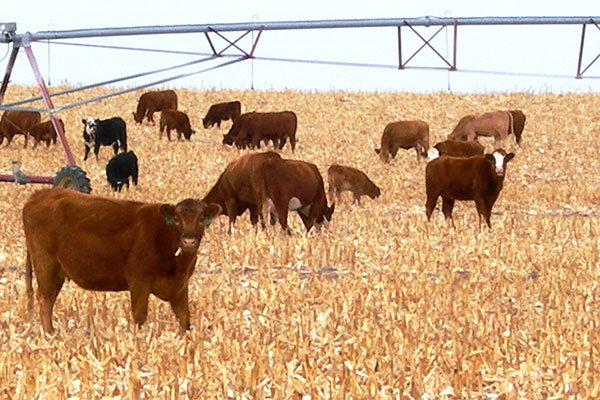Sustainable Fisheries And Aquaculture Practices
Shellfish aquaculture is gaining popularity as a sustainable solution for meeting the growing demand for seafood. With concerns about overfishing and its impact on the environment, sustainable aquaculture practices are crucial for providing a steady supply of seafood without depleting natural fish populations. Shellfish, such as mussels, oysters, and clams, are particularly well-suited for aquaculture because of their filter-feeding behavior and ability to improve water quality. In this article, we will explore the model of sustainable aquaculture inspired by shellfish and delve into its benefits and potential for the future.
Shellfish species have evolved over millions of years to effectively filter and extract nutrients from the surrounding water. This natural behavior allows them to thrive in a wide range of aquatic environments. By cultivating shellfish in aquaculture farms, we can harness their filtering capacity to improve water quality and mitigate the negative effects of pollution.
What is sustainable aquaculture, and why is it essential for the future of seafood production? Sustainable aquaculture refers to the practice of farming aquatic organisms in a manner that is environmentally responsible, socially beneficial, and economically viable. It involves minimizing negative impacts on the environment, conserving natural resources, and promoting the well-being of workers and local communities.
Ideas for sustainable aquaculture are rooted in the lessons we can learn from shellfish. These fascinating creatures play a vital role in maintaining the health of coastal ecosystems. Their filter-feeding mechanism not only removes excess nutrients from the water but also helps to remove harmful bacteria and toxins, improving water quality for all marine life.
Recommendations for implementing sustainable aquaculture practices inspired by shellfish include:
- Promoting the use of sustainable feed in aquaculture operations to minimize the impact on wild fish populations.
- Reducing the use of antibiotics and chemicals in aquaculture to prevent the buildup of harmful substances in the environment.
- Implementing effective waste management strategies to minimize the release of organic matter and nutrients into the surrounding water.
- Monitoring and controlling the spread of diseases in aquaculture facilities to protect both farmed and wild shellfish populations.
- Collaborating with local communities and stakeholders to ensure that aquaculture operations are socially and economically beneficial.
- Exploring innovative technologies, such as integrated multi-trophic aquaculture, to enhance the sustainability of shellfish farming.
A listicle of the benefits of sustainable aquaculture inspired by the behavior of shellfish:
- Improves water quality: Shellfish filter vast amounts of water, effectively removing excess nutrients and improving overall water quality in their vicinity.
- Enhances biodiversity: Creating shellfish farms can enhance local biodiversity by providing habitats for other marine organisms.
- Reduces overfishing: By farming shellfish, we can reduce pressure on wild fish populations, contributing to the conservation of marine ecosystems.
- Boosts local economies: Sustainable aquaculture operations can provide employment opportunities and contribute to the economic development of coastal communities.
- Supports sustainable seafood consumption: Shellfish are a nutritious source of protein and omega-3 fatty acids, promoting healthy eating habits.
- Promotes climate resilience: Shellfish farming can help mitigate climate change impacts by sequestering carbon in shellfish shells and reducing CO2 levels in the water.
Question & Answer:
Q: Can shellfish aquaculture cause any negative impacts on the environment?
A: While shellfish aquaculture has numerous benefits, it is not without its challenges. Improperly managed shellfish farms can contribute to eutrophication, the excessive growth of algae due to nutrient enrichment, leading to oxygen depletion and harm to other marine life. Additionally, the introduction of non-native species for aquaculture purposes can have adverse ecological effects.
Q: How can sustainable aquaculture practices be economically viable?
A: Sustainable aquaculture practices can be economically viable by adopting innovative farming techniques, improving production efficiency, and minimizing resource inputs. By reducing costs associated with feed, energy, and waste management, aquaculture operations can become financially sustainable in the long term.
Summary:
Shellfish aquaculture provides a model for sustainable seafood production, taking inspiration from the filtering behavior of shellfish species. By harnessing their natural ability to improve water quality and enhance ecosystem health, sustainable aquaculture practices can minimize negative impacts on the environment. Ideas such as promoting sustainable feeds, reducing chemical usage, and effective waste management can help create a more sustainable aquaculture industry. With collaboration between stakeholders and the implementation of innovative technologies, shellfish aquaculture has the potential to meet the increasing demand for seafood while safeguarding our oceans for future generations.




Post a Comment for "Sustainable Fisheries And Aquaculture Practices"